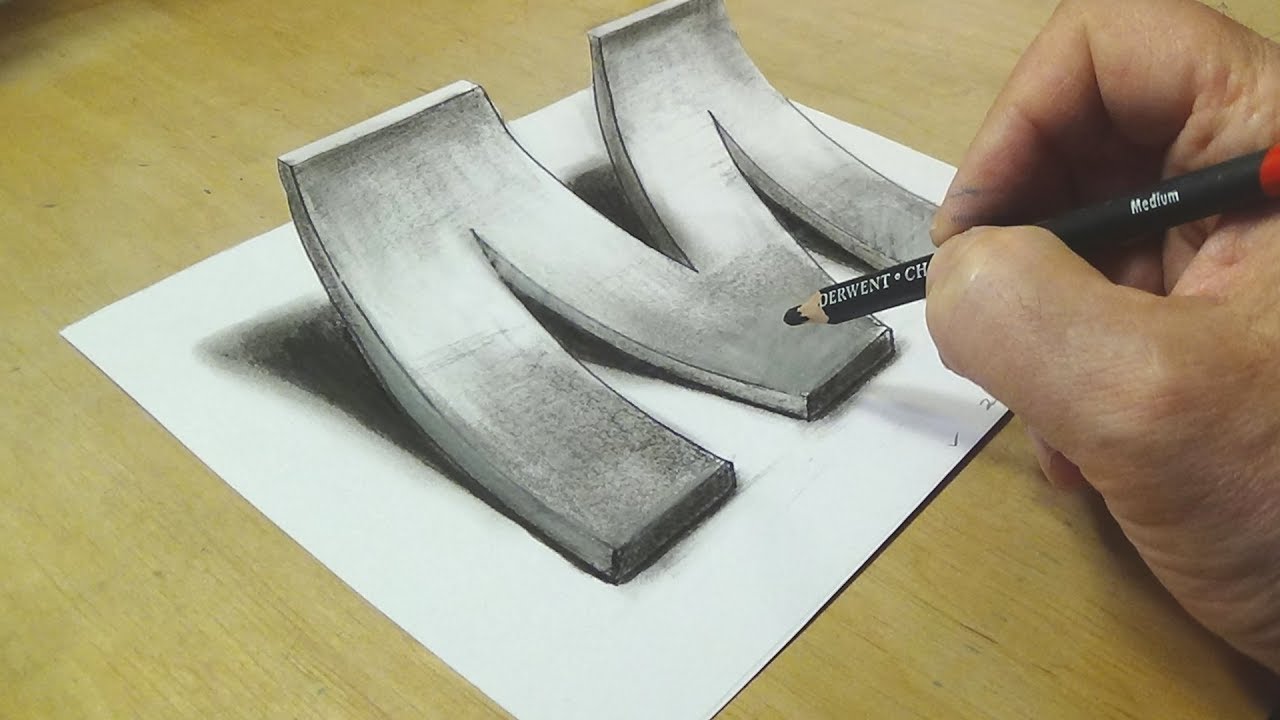Set design sean malmas l cb1690f88c4102ee jpeg 1600 1022
Table of Contents
Table of Contents
Theatre is a land of imagination, and it requires a lot of hard work and creativity to put up an excellent performance. A ground plan is one of the essential components of a successful theatre production. So, let’s dive into how to draw a ground plan in theatre in a precise and straightforward manner.
Pain Points of Drawing a Ground Plan in Theatre
Many creative professionals often find it challenging to create a theatre ground plan as it requires a wide range of technical knowledge and special skills. Moreover, it is essential to create an accurate theatre ground plan that brings your ideas to life effectively. So, how do you create a compelling theatre ground plan?
Answering the Target About Drawing a Ground Plan in Theatre
To draw a ground plan in theatre, you need to gather information about the stage’s dimensions and the production’s requirements. Once you have the precise measurements, you can begin to sketch out the plan. Your drawing should include the location of the production elements like furniture, scenery, props, and actors’ movements. An accurate ground plan allows for effective communication between directors, designers, and production managers.
Summarizing the Main Points About Drawing a Ground Plan in Theatre
In summary, creating a ground plan in theatre can be overwhelming at first, and it requires attention to detail, technical skills, and patience. The plan should include the necessary elements for a successful production and accurately represent your vision.
The Importance of Drawing a Ground Plan in Theatre
As a professional theatre artist, I have been working in various productions and have come to realize the importance of drawing a ground plan. A good theatre ground plan helps to communicate your vision effectively and allows everyone involved in the production to understand the set design, blocking, and actor’s movements.
Moreover, a theatre ground plan enables you to identify what should be built, rented, or bought to bring your production to life. It also allows you to identify possible safety hazards and determine how many people can be accommodated on stage.
The Step-by-Step Process of Drawing a Ground Plan in Theatre
To draw a ground plan in theatre, follow these simple steps:
- Measure the stage dimensions: Measure the width, depth, and height of the stage, audience seating, and any other areas that may be used in the production. Draw a scale model of the stage dimensions.
- Sketch out the Set: Sketch out the set design, including the location of furniture, props, entrances, and exits.
- Sketch Actor Movement: Sketch out the actor’s movements, including blocking and entrance and exit points.
- Add technical elements: Add additional production elements such as lighting, sound, and video placement.
- Refine the Drawing: Refine the drawing’s details - this includes adding notes and annotations to clarify the ground plan further.
The Tools Required for Drawing a Ground Plan in Theatre
The tools required for drawing a ground plan in theatre are:
- A tape measure
- A scale ruler
- A sketchpad
- A pencil or pen
- Eraser
Question and Answer
Q: Why is it essential to sketch actor movements in the ground plan?
A: An accurate representation of an actor’s movements is essential as it ensures that they have adequate space to perform their scene adequately
Q: Can I use software to draw a ground plan in theatre?
A: Yes, software like SketchUp, AutoCAD or Revit can be used to create an accurate and detailed theatre ground plan.
Q: How long does it take to draw a ground plan in theatre?
A: The time it takes to draw a ground plan varies depending on the complexity of the production’s set, properties, and actors’ movements. It can take anywhere from an hour to several months.
Q: Is it possible to create a ground plan without knowing the stage dimensions?
A: No, it is not possible to create a ground plan without knowing the stage dimensions, as it is essential to have accurate measurements to create an accurate representation of the production.
Conclusion of how to draw a ground plan in theatre
Drawing a ground plan in theatre requires a technical understanding of the production elements and the ability to translate those elements onto paper accurately. An accurate ground plan is a powerful communication tool that can help bring your creative vision to life, ensuring that every production element is accounted for and executed to perfection.
Gallery
Theater Ground Plan에 대한 이미지 검색결과 | 평면도, 건축, 극장

Photo Credit by: bing.com /
Theater Ground Plan? ?? ??? ???? #theater #theater #architecture

Photo Credit by: bing.com /
Set-design-sean-malmas-l-cb1690f88c4102ee.jpeg (1600×1022) | Set Design

Photo Credit by: bing.com / theatre stage projects plan
Floor Plan Scene Design | Scene Design – Plaza Suite | Drafting For

Photo Credit by: bing.com / plan stage floor plaza suite scene theatre plans scenic theater ground drawing theatrical gif technical northern edu ak0 google choose
LINWOOD DUNN THEATER | Theater Plan, Floor Plans, Building Plan Drawing

Photo Credit by: bing.com / theater plan floor linwood dunn theatre auditorium movie opera cinema plans drawing floorplan interior building architecture oscars arts projection theatres





